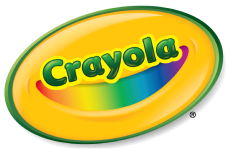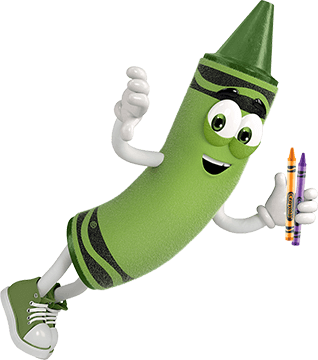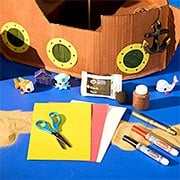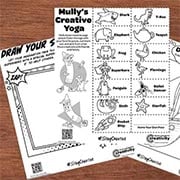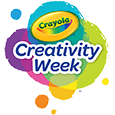Silly Putty is not intended for use as ear plugs. Known as a "solid liquid", it will not maintain a molded shape. It is composed of a silicone material that becomes softer when exposed to normal body temperature. In addition, changes in atmospheric pressure could force the material to flow deeper into the ear than intended, possibly making contact with the eardrum.
If you have additional questions, we would love to hear from you! Feel free to call or text us at 1-800-CRAYOLA weekdays between 9 AM and 4 PM Eastern Time. If you would prefer to send us an email, visit our contact us page.
Related Questions
Explore answers to common questions, helpful stain removal tips, and creative ideas for making the most of our art supplies and free resources!
-
Silly Putty® is made primarily from silicone and color pigments. Silicone is an oil-based product and by nature will not dry out. If Silly Putty is left out of the container over a period of several years, it may harden due to other ingredients contained in the putty. The other ingredients are proprietary and cannot be shared.
-
Silly Putty® was discovered in 1943 by James Wright who mixed boric acid and silicone oil together. It was introduced to the public in 1950 by Peter Hodgson. Crayola® acquired the exclusive manufacturing rights to Silly Putty in 1977. Although the exact formulas Crayola uses to make Silly Putty are proprietary, we can share it is made primarily from silicone and color pigments.
-
Silly Putty is made primarily from silicone and color pigments. Silly Putty was discovered in 1943 by James Wright and introduced to the public in 1950 by Peter Hodgson. Crayola acquired the exclusive manufacturing rights to Silly Putty in 1977. The formulas are considered proprietary.
-
Technology has changed over the years, eliminating the transfer of messy newspaper comic ink to skin. Since nontransferable ink is now used, newspaper comic print will generally not transfer onto Silly Putty® as it did in the past. Silly Putty can, however, easily lift pencil marks from paper.
-
As a manufacturer of children's products, safety is our top priority at Crayola. Although our arts and crafts products are nontoxic, we do not recommend using them to make eyeliner, lipstick, or other makeup, and strongly discourage using them this way. Crayola art products were never intended to be used on the skin or face in this manner.
Makeup goes through specific and rigorous testing since it is intended to be used on the skin. Because they were never meant to be used as makeup, our colored pencils, crayons, markers, paint, and all art products have not been tested in the same way a makeup product is and should not be used as a cosmetic. Crayola art materials are not designed, tested, or approved for this purpose.
